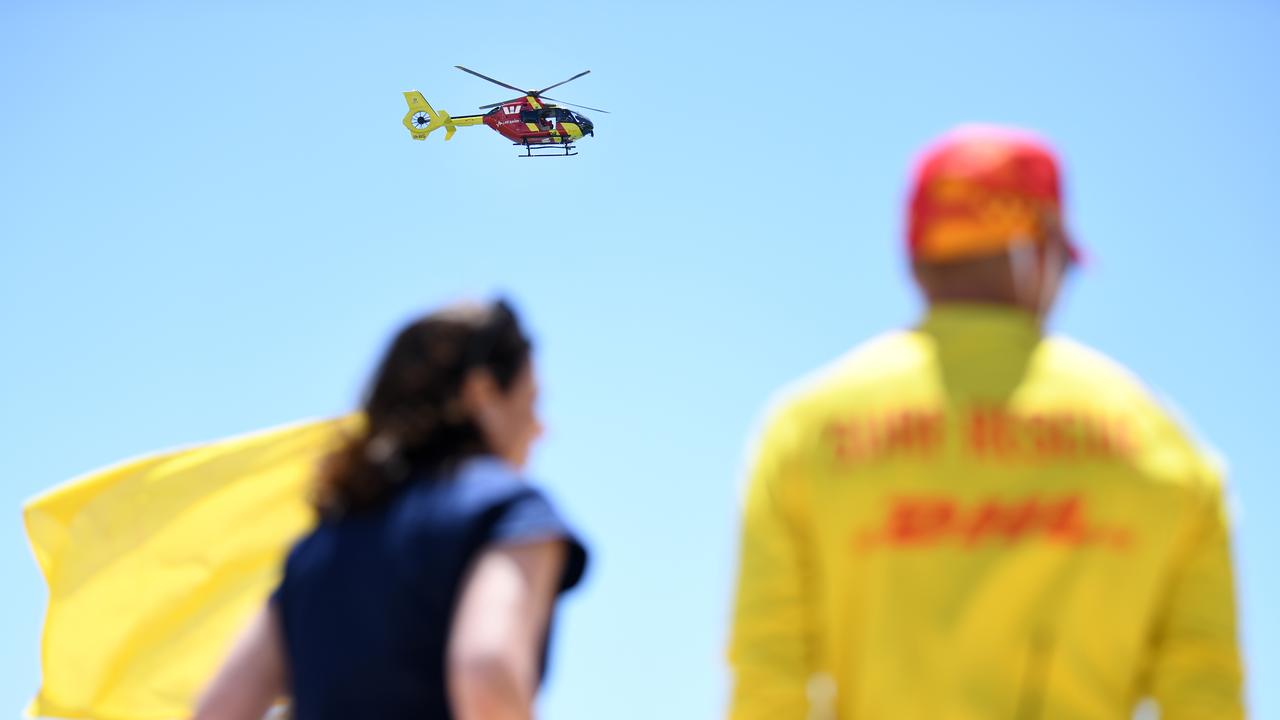Wild dogs out of control in southeast Queensland
A spate of wild dog attacks in southeast Queensland has increased the need for baiting as authorities struggle to put a leash on the feral animals.
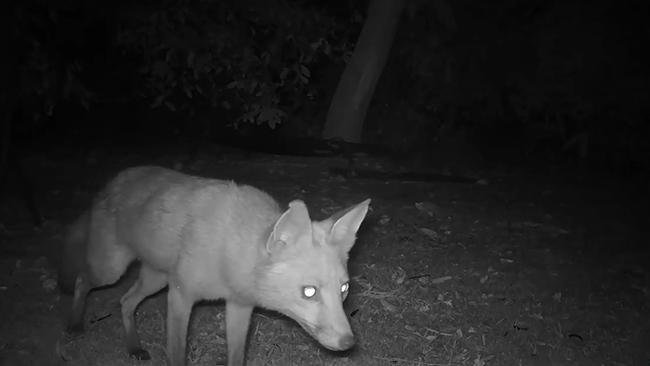
QLD News
Don't miss out on the headlines from QLD News. Followed categories will be added to My News.
A SPATE of wild dog attacks in southeast Queensland has increased the need for baiting as authorities struggle to put a leash on the feral animals.
It comes after a six-year-old’s pet pony was savagely mauled in the Lockyer Valley last week, while at least one Noosa hinterland resident has taken to arming himself with a rifle for protection after being woken to the howling calls of wild and unregistered dogs.
Cutting-edge technology detects wild dogs
Wild dogs kill 20 calves at East Palmerston
Wild dogs become bolder, what’s their next attack?
Rider’s account of dog attack on horses at Nudgee Beach
In one recent dog attack, 37 sheep were killed on a property at Black Mountain, west of Noosa Heads.
Two unregistered bull arab or amstaff-crosses were seized.
Noosa and Toowoomba regional councils are rolling out new wild dog baiting programs this week.
Residents say the wild dog problem is out of control.
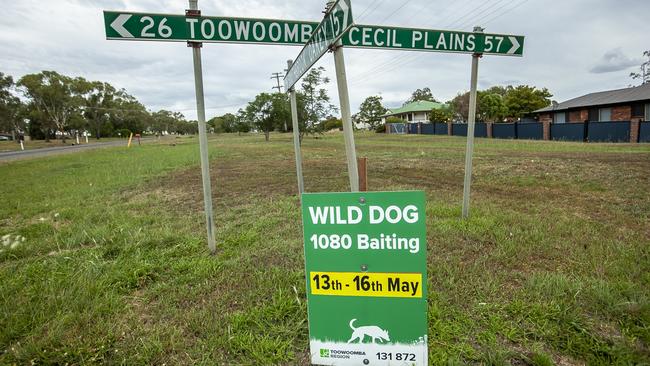
Amanda Johnson, from Carters Ridge in the Noosa hinterland, said several properties were being targeted by the dogs in the area.
“There’s definitely been an increase in attacks – they seem to be attacking for the pure joy of it,” she said.
“My neighbour lost all of her sheep overnight … these dogs are just maliciously attacking – it isn’t for food, it’s just carnage.
“My friend … ended up moving because everyday she was coming home to another (sheep) mauled, it’s not pleasant.
“They are now stalking people down the street – there was a lady with a pram who was walking down that road and she was frightened – the dog was low down in the bushes ready to attack,” she said.
“We want something done.”
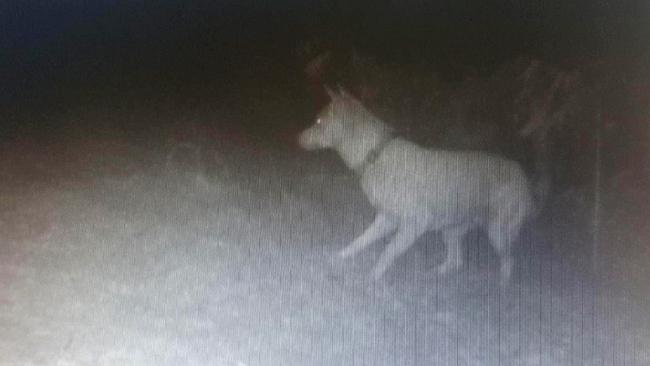
Tuchekoi resident Lizzi Pearson posted on Facebook: “It’s 3.15am, 2nd night in a row we’ve been woken at this time since last weekend.”
“We can hear the feral dogs/dingos howling again up the hill. Last week they were so close to us my partner was up with his rifle loaded at 2am.”
In the Lockyer Valley attack, a 15-year-old pet pony was mauled by dogs as a family slept in their home less than 150 metres away.
The pony was in a horse yard when she was savagely attacked, leaving her without ears and bite marks to her nose, hind and leg.
About 2000km of new fencing is being erected under a Palaszczuk Government program, mainly in western and southern parts of the state.
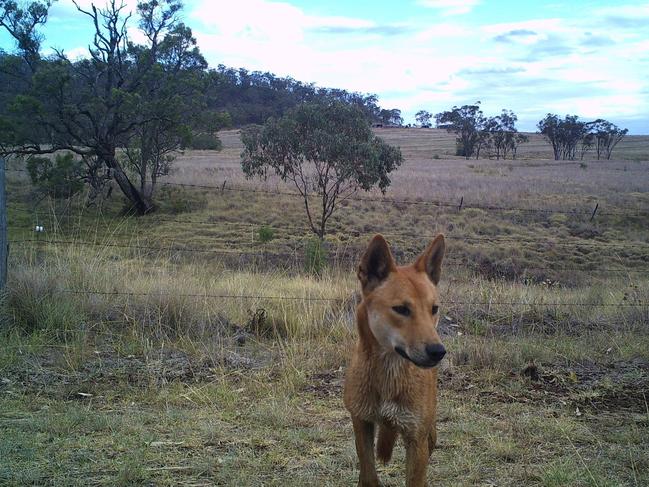
A Biosecurity Queensland spokesman said fence and pest control funding had been prioritised for drought-affected primary production areas.
Invasive animals and plants cost the state agriculture industry $600 million a year.
While the program is showing signs of success, recent attacks suggest the problem is moving elsewhere.
Wild dog expert Greg Mifsud said despite some “really good wins” in some areas, the problems for southeast Queensland come as no surprise.
“You’re never going to control them over the entire state,” he said.
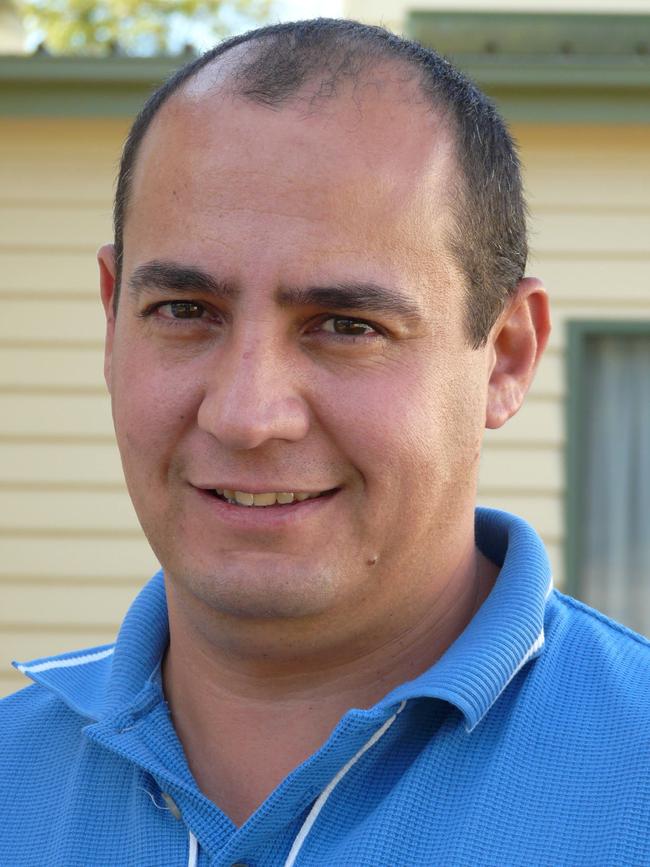
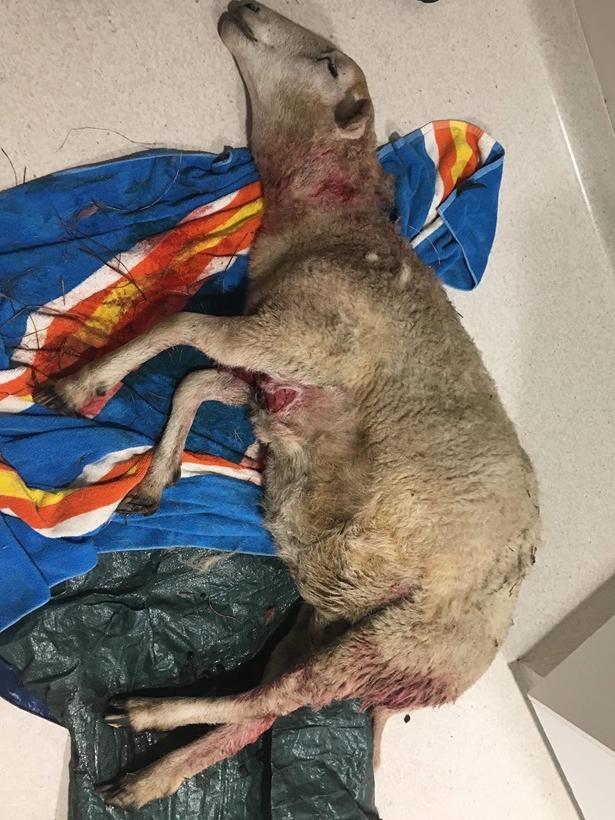
Residents in the Noosa hinterland have received notice of a baiting period this month aimed at reducing wild dog numbers.
Toowoomba Regional Council started baiting around Biddeston yesterday.
Noosa’s environmental services department manages an ongoing eradication program, co-ordinating with neighbouring local government areas.
“But despite our best efforts we don’t seem to be getting to the bottom of the problem, because they then come in from other areas,” department manager Craig Doolan said.
The problem for Noosa isn’t restricted to wild dogs.
Fifteen dog attacks were reported in 15 days across the shire, mostly involving unregistered roaming pets, including an attack on an 87-year-old Tewantin man who lost a significant amount of blood.
Noosa council has since announced a “no-questions-asked” amnesty for May where locals can have their dogs registered for free.
Additional reporting Meg Bolton.

